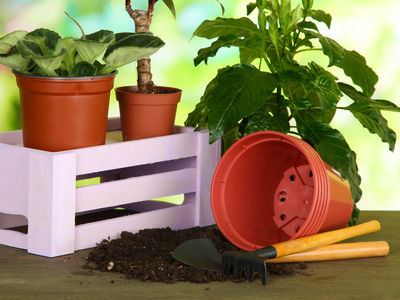 mister (manure soil) formed by decomposition of strawy beef, horses- or sheep dung, the 3- must be implemented up to 4 times. After about 11/2 years is the loose, nutrient-rich humus soil with a neutral reaction ready for use. It is mainly for fast-growing people, humus-loving plant species with high nutrient requirements.
mister (manure soil) formed by decomposition of strawy beef, horses- or sheep dung, the 3- must be implemented up to 4 times. After about 11/2 years is the loose, nutrient-rich humus soil with a neutral reaction ready for use. It is mainly for fast-growing people, humus-loving plant species with high nutrient requirements.
mistbeeterde (Mistkomposterde) is obtained from the excavation of packed cold frames, which consists of rotted manure and the soil covering this packing material. By turning it over several times, a loose layer that can be used after about a year is formed, Crunchy and nutrient-rich humus soil with a neutral reaction.
Coniferous soil emerges from the fibrous, earthy top soil layer of dense coniferous stands and consists of needles as well as plants growing in the forest floor (with. B. blueberries). The best coniferous soil is obtained from mixed stands of pine and spruce. Coniferous earth can be up to 2 be stored for years, whereby the heaps of earth must be protected from drying out by covering them with sticks of conifers. The nutrient-poor humus soil with a very strong to strong acidic reaction is used for ericaceous plants (Azaleas, Eriken, Of camels) used.
Peat in the form of raised bog peat (young moss peat = white peat and older moss peat = black peat) is a little decomposed organic material, this because of its loosening effect and high water capacity as an additive to cultivation- and culture soil is used. The nutrient-poor peat with an acidic to strongly acidic reaction must be thoroughly moistened before use, because it dries out easily.
If you add mineral fertilizers to the peat, preferably complete fertilizer containing trace elements, admixed, then you get the so-called peat culture substrate, which has recently been used for the cultivation and pot culture of many types of ornamental plants. When caring for indoor plants, standing in peat culture substrate, you have to pay special attention to it, that the bale does not dry out. Has the peat become dry?, then it is very difficult for him to absorb water again.
Plant material for epiphytes (Epiphytenkompost) is prepared from swamp moss (Sphägnum squarrosum), beech leaves and roots of royal(Osmünda regälis L.) and polypody (Polypodium vulgar L.). The starting material will (except for the swamp moss) coarsely chopped and mixed well. This is how you get a humus-rich, well aerated and water-retaining substrate, which decomposes very slowly. Plastic bristles can be used with good success (Biolaston) use, which also serves as a substrate for the soilless culture.
